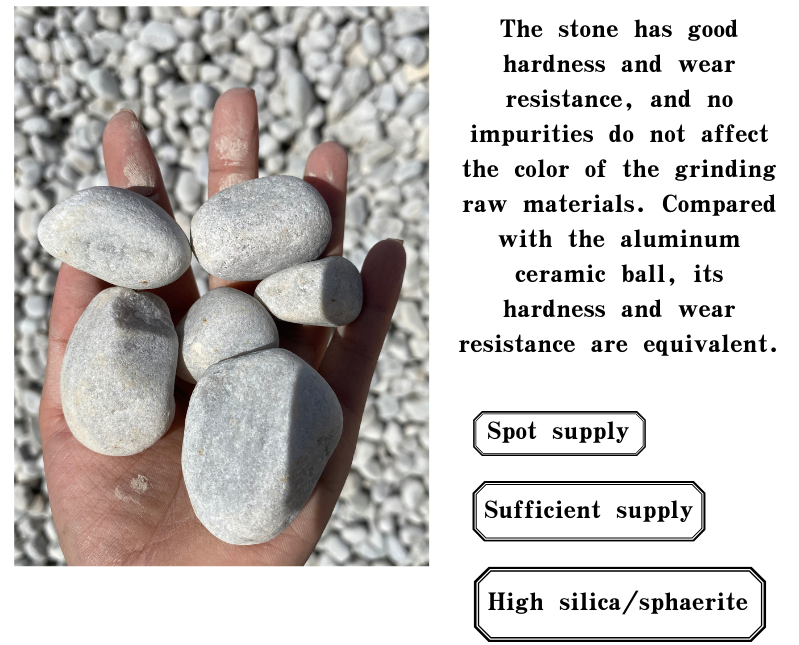
Comparison of Perlite and Vermiculite Suppliers in China for Gardening and Construction
Comparing Perlite and Vermiculite A Guide for Manufacturers in China
In the world of horticulture and construction, two versatile materials, perlite and vermiculite, have become essential components for various applications. Both materials are widely used due to their unique properties, but they serve different purposes. This article will compare perlite and vermiculite, helping manufacturers in China understand their distinctions, benefits, and applications.
What is Perlite?
Perlite is a naturally occurring volcanic glass that, when heated, expands into small, lightweight, and porous granules. Its expansion occurs at temperatures around 850 to 900 degrees Celsius, resulting in a product that is highly effective for soil aeration and drainage. Perlite is primarily used in horticulture as an additive for growing media, enhancing soil structure, and improving water retention without waterlogging.
What is Vermiculite?
Vermiculite, on the other hand, is a hydrous phyllosilicate mineral that undergoes a similar expansion process when heated. When vermiculite is subjected to high temperatures, it expands significantly, creating a light and fluffy material. This property makes vermiculite an excellent choice for insulation, as well as for improving moisture retention and aeration in soil. It is commonly used in seed starting, potting mixes, and as a soil conditioner.
Key Differences Between Perlite and Vermiculite
china perlite v vermiculite manufacturers

1. Water Retention One of the most significant differences between perlite and vermiculite is their water retention capacity. Vermiculite has a higher ability to hold moisture compared to perlite, making it ideal for plants that require consistent moisture levels. Conversely, perlite provides excellent drainage, making it suitable for succulent plants that prefer drier conditions.
2. Air Circulation Perlite excels in enhancing air circulation within the soil due to its larger particle size and lower density. This property is crucial for root development in many plants, preventing compacting and promoting healthy growth. Vermiculite, while also beneficial for aeration, does not enhance air circulation as effectively as perlite.
3. Nutrient Retention Vermiculite possesses a unique cation exchange capacity, allowing it to retain essential nutrients that plants need to thrive. This makes it an excellent addition to potting mixes. In contrast, perlite does not retain nutrients effectively, and thus supplementation with fertilizers is often necessary when using perlite in growing media.
4. Uses in Industry In construction, perlite is favored for insulation and as a lightweight aggregate in concrete. Its fire-resistant properties make it suitable for various applications, including fireproofing and insulation boards. Vermiculite, while also used for insulation, is more frequently employed in horticulture and as a component in lightweight concrete due to its capacity to hold moisture and provide insulation.
Conclusion
For manufacturers in China, understanding the distinct properties and applications of perlite and vermiculite is essential for producing quality products tailored to specific market needs. Perlite’s superior drainage and aeration capabilities make it ideal for various gardening applications, while vermiculite’s moisture-retaining qualities cater to plants requiring consistent hydration. By recognizing these differences, manufacturers can effectively target their production and marketing efforts, ensuring they meet the diverse needs of horticulturists, builders, and other industries relying on these versatile materials.
As the demand for sustainable and efficient growing media continues to rise, both perlite and vermiculite will play pivotal roles in enhancing plant growth and construction practices. Manufacturers should consider investing in high-quality sourcing and production techniques to maintain competitiveness in the growing market of horticultural and construction materials.
Share
-
Premium Pigment Supplier Custom Solutions & Bulk OrdersNewsMay.30,2025
-
Top China Slag Fly Ash Manufacturer OEM Factory SolutionsNewsMay.30,2025
-
Natural Lava Rock & Pumice for Landscaping Durable Volcanic SolutionsNewsMay.30,2025
-
Custom Micro Silica Fume Powder Manufacturers High-Purity SolutionsNewsMay.29,2025
-
Custom Mica Powder Pigment Manufacturers Vibrant Colors & Bulk OrdersNewsMay.29,2025
-
Custom Micro Silica Fume Powder Manufacturers Premium QualityNewsMay.29,2025






